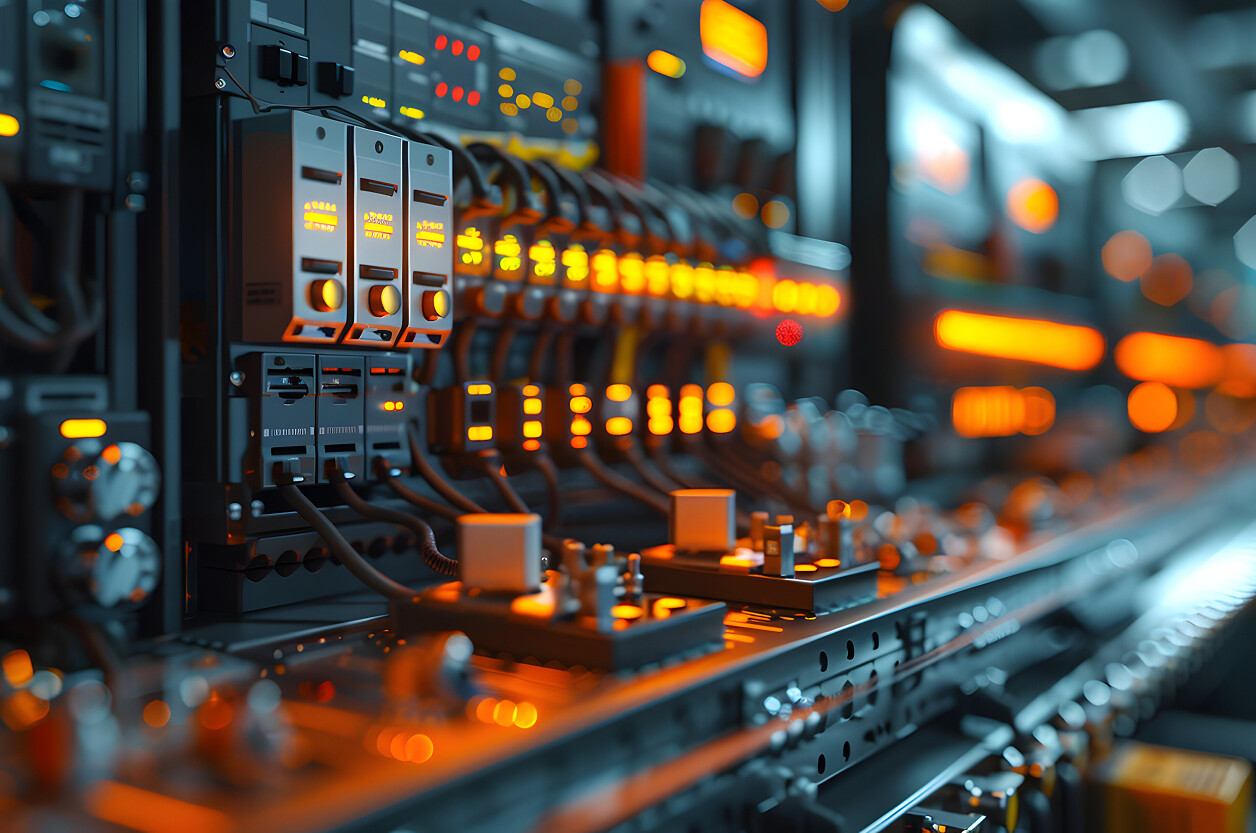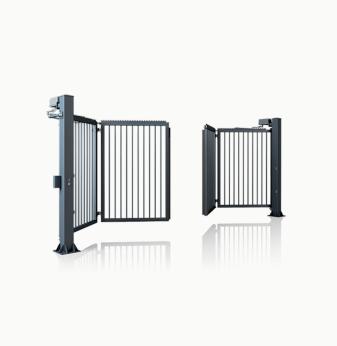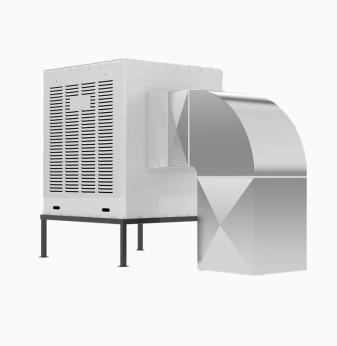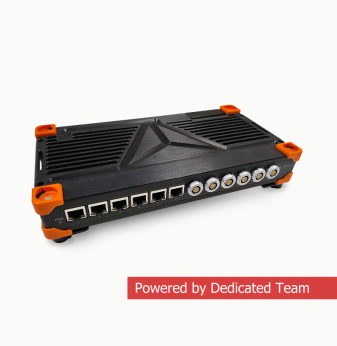AI-Driven PLCs: When Logic Controllers Become Predictive

Programmable Logic Controllers (PLCs) have been the workhorses of industrial automation for decades. Designed for determinism, ruggedness, and reliability, they execute pre-defined logic in assembly lines, process plants, and energy systems. But in 2025, PLCs are no longer just reactive devices following ladder diagrams. The rise of AI-driven PLCs is transforming these controllers into predictive, adaptive systems that can anticipate events, optimize processes, and reduce downtime across industries.
This shift redefines what it means to build and deploy PLCs. Once limited to fixed logic cycles, these devices now integrate embedded AI, machine learning, and edge analytics. The result is a new class of controllers that combine real-time determinism with predictive intelligence.
Why PLCs need to evolve
The traditional PLC was built for one thing: reliability under strict real-time constraints. Ladder logic or structured text controlled outputs based on binary inputs. However, this deterministic model faces new challenges:
- Complex processes: Manufacturing lines involve dynamic variables, not just discrete events.
- Rising downtime costs: Every minute of failure can cost thousands in lost output.
- Demand for flexibility: Industry 4.0 requires adaptable controllers, not rigid logic trees.
- Data explosion: Sensors, vision systems, and industrial IoT nodes generate continuous streams of information.
Conventional PLCs cannot analyze this data at scale. That’s where AI-driven predictive PLCs step in.
What makes a PLC predictive?
A predictive PLC combines the deterministic cycle execution of classic PLCs with embedded intelligence. This doesn’t replace ladder logic but augments it.
Key features:
- Anomaly detection: Using ML models trained on sensor data, PLCs flag deviations before they trigger alarms.
- Predictive maintenance: Controllers learn the patterns of wear and tear in motors, pumps, and drives.
- Adaptive control: Instead of fixed setpoints, AI-driven PLCs adjust outputs dynamically to optimize performance.
- Hybrid edge/cloud pipelines: Local inference ensures low latency, while retraining happens in the cloud.
Imagine a conveyor motor monitored by a PLC. Traditionally, the PLC would stop it if current exceeds a threshold. A predictive PLC, however, notices subtle vibration changes or micro-fluctuations in current weeks earlier, prompting maintenance before breakdown.
Embedded AI inside PLCs
1. Model compression for constrained environments
PLCs operate with limited compute resources compared to GPUs or servers. Embedding AI means compressing neural networks through quantization, pruning, and knowledge distillation so they fit in real-time controllers without sacrificing determinism.
2. Edge-friendly architectures
Instead of training large models, PLC vendors focus on lightweight time-series models, spiking neural networks, or compact LSTMs tuned for vibration, temperature, and current data.
3. Real-time inference
Predictive PLCs must integrate AI models into deterministic scan cycles. That means inference latency must be under milliseconds—no buffering delays allowed. FPGA or NPU accelerators are increasingly embedded in PLC boards to meet this requirement.
Real-world examples of predictive PLCs in 2025
- Food & beverage plants: Predictive PLCs monitor pumps and agitators, adjusting speeds in real time to save energy and reduce foaming.
- Automotive assembly lines: AI-driven PLCs detect tool wear in robotic arms, scheduling replacements before defects occur in production batches.
- Oil & gas pipelines: PLCs predict valve failures based on pressure fluctuations, preventing costly leaks or shutdowns.
- Renewable energy: In wind turbines, predictive PLCs anticipate gearbox wear using vibration analysis, extending component lifespan.
These examples show how AI-enabled controllers extend beyond logic—they become active participants in process optimization.
Design challenges for engineers
- Balancing determinism and intelligence
A PLC cannot miss a scan cycle. Embedding AI must not compromise hard real-time constraints. Engineers face the challenge of integrating inference engines into microsecond-level cycles.
- Standardization gaps
Classic PLC programming uses IEC 61131-3 languages (ladder, function block, structured text). AI requires Python frameworks, ONNX, or TensorFlow Lite. Bridging these worlds is non-trivial.
- Security and trust
Predictive logic must remain explainable. If an AI-driven PLC shuts down a machine early, operators need clear reasoning. Otherwise, adoption slows.
- Hardware constraints
Legacy PLCs weren’t designed for NPUs or GPUs. Engineers must redesign boards to include AI accelerators while maintaining ruggedness, EMC compliance, and long lifecycle support.
- Vendor lock-in risks
Different vendors may create proprietary AI-PLC platforms. Without open standards, plants risk fragmentation.

The role of standards and ecosystems
By 2025, industrial ecosystems are evolving to support predictive PLCs:
- OPC UA with AI extensions allows PLCs to share predictions with SCADA and MES layers.
- Edge AI frameworks like TensorRT, ONNX Runtime, and vendor-specific toolchains (Siemens Industrial Edge, Rockwell AI modules) integrate with control logic.
- IEC initiatives explore extending PLC standards to include AI function blocks, enabling predictive control natively in programming environments.
This convergence ensures AI-driven PLCs don’t stay siloed but become core elements of Industry 4.0 architectures.
Economic and operational impact
The business case for predictive PLCs is strong:
- Reduced downtime: Predicting failures before they occur avoids millions in losses.
- Lower energy costs: AI-optimized setpoints cut electricity usage in motors and compressors.
- Quality improvement: Early detection of defects ensures higher yield.
- OPEX savings: Maintenance shifts from calendar-based to condition-based, reducing unnecessary interventions.
A European packaging plant reported a 12% OEE (Overall Equipment Effectiveness) increase after deploying predictive PLCs that anticipated vacuum pump failures.
Outlook: where predictive PLCs are heading
- Short term (2025): Hybrid systems where AI runs alongside classic ladder logic, mainly for predictive maintenance.
- Mid term (2026–2028): AI becomes integrated into standard PLC development environments. Operators can drag-and-drop predictive function blocks.
- Long term (2030+): PLCs evolve into cyber-physical agents—self-optimizing controllers that collaborate across plants, powered by AI-native architectures and federated learning.
The vision is clear: predictive PLCs won’t replace human engineers but will empower them, turning controllers into intelligent partners that see problems before they happen.
AI Overview: AI-Driven PLCs
AI-Driven PLCs — Overview (2025)
AI-driven PLCs combine classic deterministic control with embedded intelligence, enabling predictive maintenance, anomaly detection, and adaptive process optimization. They transform PLCs from reactive logic devices into proactive, context-aware controllers.
Key Applications:
Condition-based maintenance in factories, energy optimization in process industries, predictive quality control, adaptive robotics integration.
Benefits:
Reduced downtime, lower OPEX, higher product quality, improved safety, energy efficiency.
Challenges:
Maintaining real-time determinism, standardization gaps between IEC languages and AI frameworks, hardware constraints, explainability for operators.
Outlook:
- Short term: AI modules integrated into existing PLCs for predictive maintenance.
- Mid term: native AI function blocks in PLC programming environments.
- Long term: fully AI-native PLC architectures enabling predictive, collaborative industrial automation.
Related Terms: predictive PLC, intelligent automation, Industry 4.0, AI edge controllers, IEC 61131-3, embedded AI.
Our Case Studies








